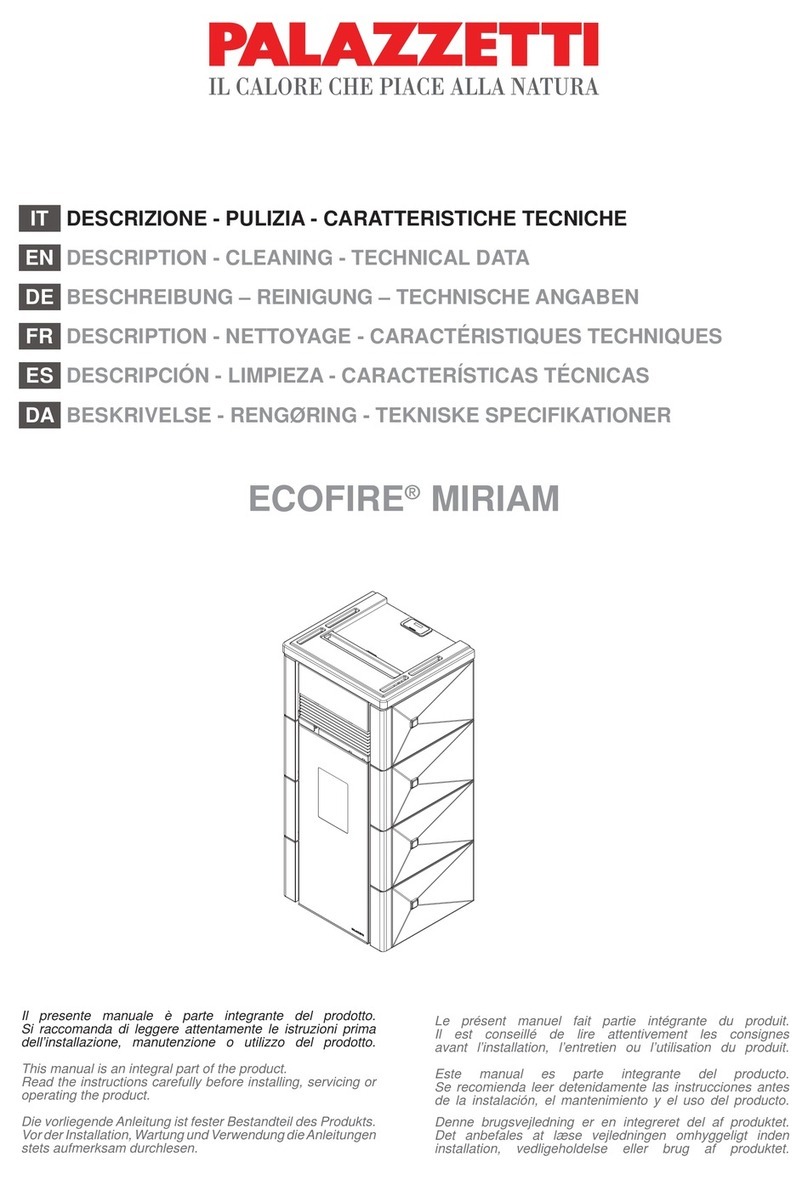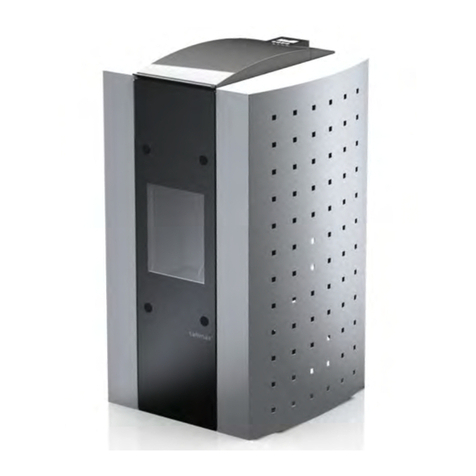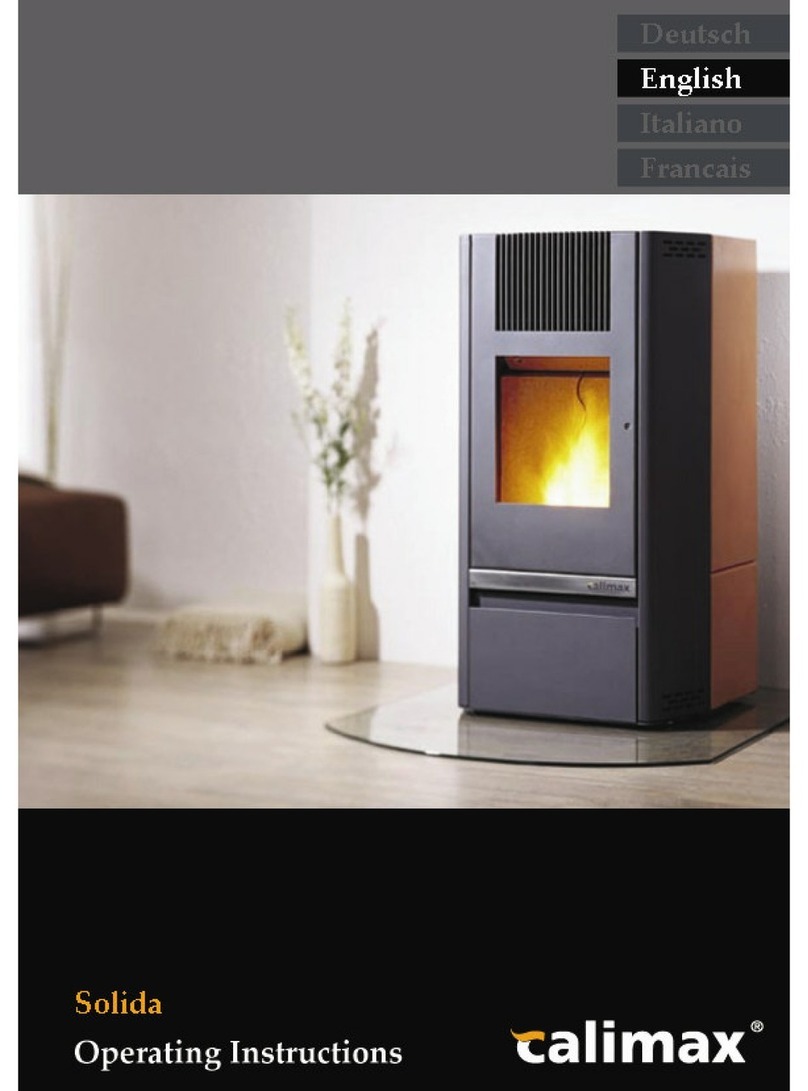Contents
1. General safety information ..............................................................5
2. General description of the device ..................................................5
2.1. General information about the Solida pellet stove ..................................... 6
2.2. Safety instructions.............................................................................................. 6
2.2.1. General ........................................................................................................ 6
2.2.2. Stove-specific dangers .............................................................................. 7
2.3. Liability................................................................................................................. 8
2.4. Identification ...................................................................................................... 9
2.5. Declaration of conformity................................................................................ 9
2.6. General information about the fuel ............................................................. 10
2.6.1. What are wood pellets? .......................................................................... 10
2.6.2. How can you recognise "good" wood pellets?................................... 10
3. Description of buttons and display overview ...............................11
4. Function features ............................................................................11
4.1. Switching on and off....................................................................................... 11
4.2. Setting the required temperature................................................................. 11
4.3. Stove operation with the timer...................................................................... 12
4.4. The operating phases ..................................................................................... 13
4.4.1. The start phase .......................................................................................... 13
4.4.2. The heating mode.................................................................................... 13
4.4.2.1. Setting the operating mode Automatic............................................ 13
4.4.2.2. Setting the operating mode Semi-automatic .................................. 13
4.4.3. The cooling phase .................................................................................... 14
4.4.4. Standby mode .......................................................................................... 14
4.5. Stove operation with external actuation..................................................... 14
4.6. Setting the date and time..............................................................................16
4.7. Safety equipment............................................................................................ 16
4.7.1. Power failure.............................................................................................. 16
4.7.2. No flame formation during the start phase.......................................... 16
4.7.3. Device overheating ................................................................................. 16
5. Assembly and installation ..............................................................17
5.1. Assembly ........................................................................................................... 17
5.1.1. Dimensions ................................................................................................. 17
5.1.2. Height-adjustment screws ....................................................................... 17
5.1.3. Room temperature sensor....................................................................... 17
5.1.4. Cladding .................................................................................................... 18
5.2. Installing the Solida pellet stove.................................................................... 19
5.2.1. Floor protection......................................................................................... 19
5.2.2. Distances from combustible materials .................................................. 19
5.2.3. Flue connection........................................................................................ 19
5.2.4. Chimney..................................................................................................... 20





























